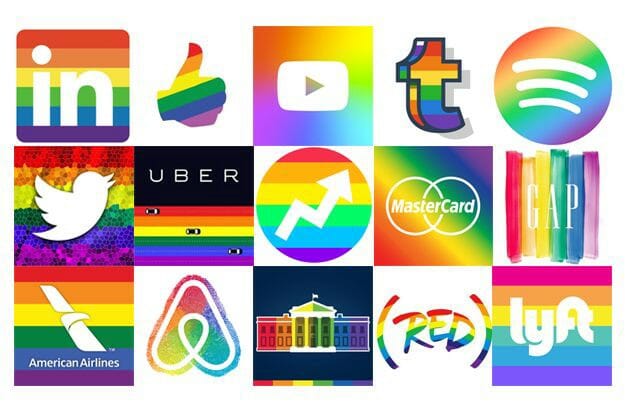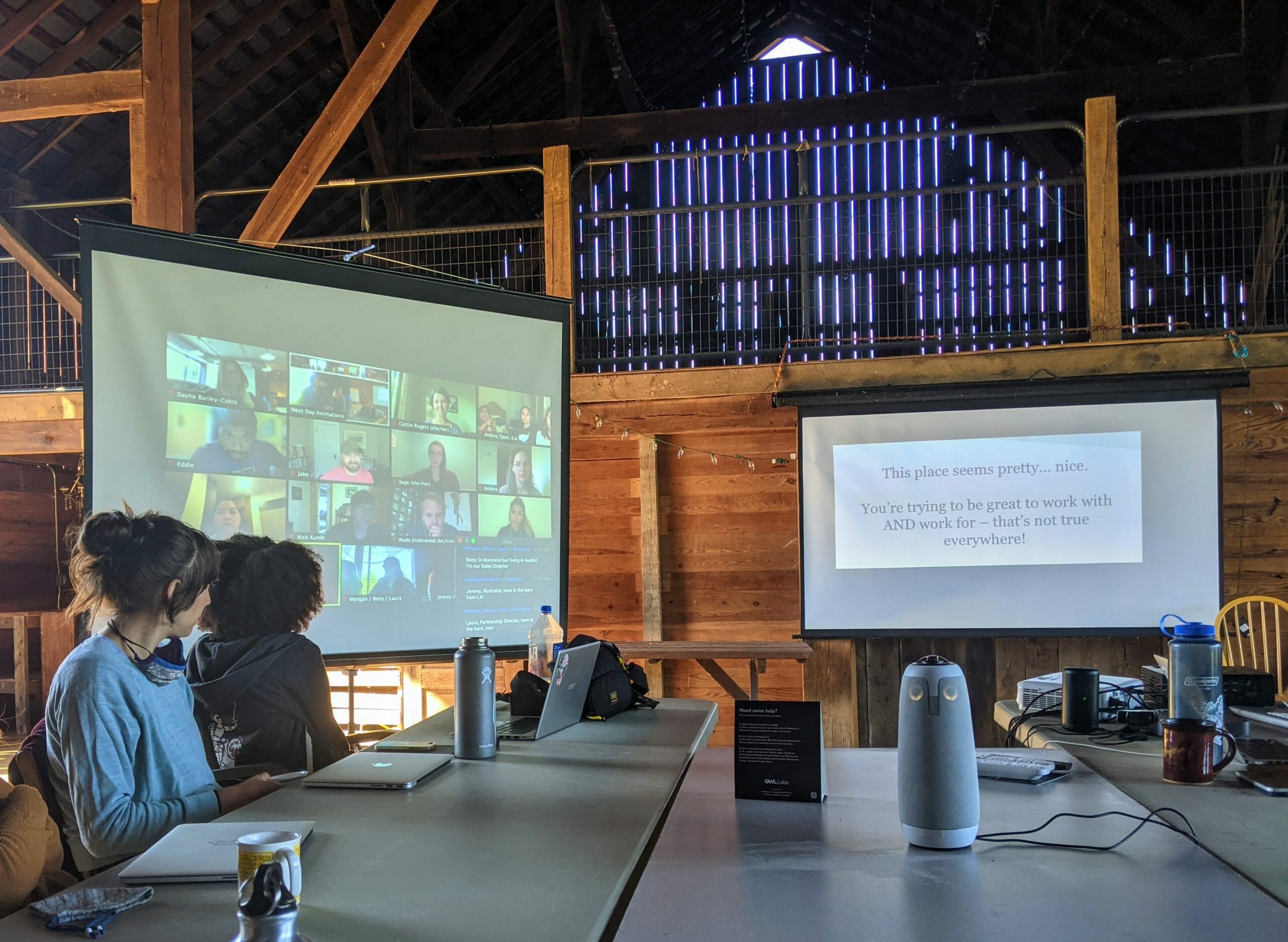

An image from Audrey Hickey’s ‘Have You Been Tricked by Rainbow Washing?’
During June, representation seems to be on everyone’s mind.
The celebration of love in the LGBTQIA+ community during Pride, the anniversary of slavery abolition in Texas on Juneteenth, and the reverence of Indigenous History month in Canada all draw our societal attention to identity and how it affects our movement in the world.
Here at Next Day Animations, we think about identity all year round.
Representation has an incredibly distinct impact on what we do here at Next Day Animations – which is create engaging explainer videos for all kinds of clients on a mission to share big ideas.
Without a fierce commitment to representation, our videos would fall flat.
Why?
We have eleven years of experience creating explainer videos that move audiences into action. And if we’ve learned anything, it’s that stories reach our hearts most deeply when we are able to imagine ourselves in them.
Our communities are made up of many different kinds of people, and this is what makes them vibrant places to live, work, play, and raise families. That’s why no matter what topic we are explaining, we work with clients and develop representative characters that real world communities truly see themselves reflected in.
“We want to ensure that everyone has a chance to see themselves represented in our work.” says lead illustrator, Dayna Barley-Cohrs. “As we plan for each project and develop unique characters for each story, we pay close attention to race, culture, body type, ability, and family structures.”
This is important for more reasons than video success. As a values-based animation studio, we see the work of creating realistic illustrations as a responsibility in light of the popular media’s reductive and inaccurate portrayals of our world.
Did you know that in the year 2019, the Cooperative Children’s Book Center reported less than 12% of children’s books published in the US that year featured Black characters at the center of the narrative? The statistics were even more disparate for Asian children (9%) and Latin children (6%.)¹
Children’s books are just one subset of popular content, yet these statistics illustrate a harmful trend prevalent throughout media. We know that the representation of differences in our media is not an accurate portrayal of our vibrant communities. Our animation work seeks to disrupt this.
The first step in our tried-and-true process is always a personal kick-off call with your entire team, dedicated to helping our producers understand with crystal clarity the problem your video will solve and who your audience is.
This way, our illustrators can hit the ground running bringing your story to life.
Furthermore, explainer videos are a niche that is specifically dedicated to helping expose ideas and help people better understand new things.
In this way, our work often focuses on unique barriers and intersections that get overlooked, especially if they aren’t considered simple or fun to talk about. These topics have a lot riding on them, and it is through collaboration with these partners that we have had the privilege to explain some incredible things, and better understand many issues of representation ourselves.
But representation isn’t just for people working in media and marketing. When we see ourselves represented in workplaces, especially in leadership, we feel more confident showing up as our full selves.
At our studio, we include our pronouns within our email signatures – a seemingly small action that has a big impact on how comfortable we all feel showing up to our work together and with clients.
We also dedicate agenda time at the end of meetings and group discussions to consider equity issues – whether the topic at hand is hiring practices or which color business card to print.
Finally, we try to keep our minds open to what is next. We recognize that inclusion and representation is a practice, and we recognize, in turn, that we’re far from perfect. Our team works hard to maintain a growth mindset as we learn new language and ways of thinking about the communities we work with and represent. We stay committed to our practice by investing time in continued training and discussion.
It’s really not that hard to be inclusive, especially when you’re already committed to Partnership, Authenticity, Clarity, and Inventiveness. Being thoughtful about who we represent and how has made us better creators, better collaborators, better marketers, and better humans.

Our team enjoying a training with Pippi Kessler at our most recent (hybrid!) retreat in Maryland; Pippi helped our team develop skills around active listening and group dynamics & decision making.
1. Books by and/or about Black, Indigenous and People of Color 2018-“. Cooperative Children’s Book Center, School of Education, University of Wisconsin, Madison. 2022. https://ccbc.education.wisc.edu/literature-resources/ccbc-diversity-statistics/books-by-and-or-about-poc-2018/


